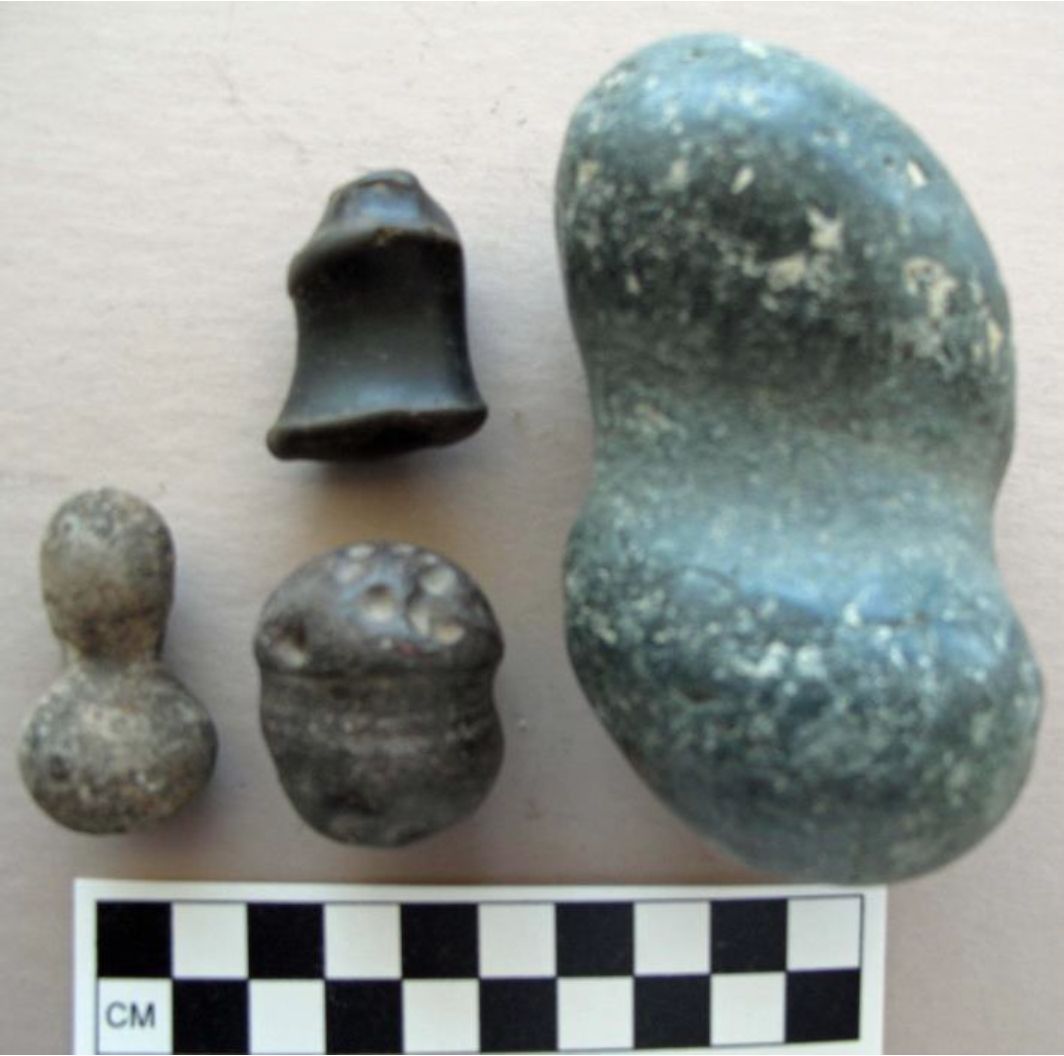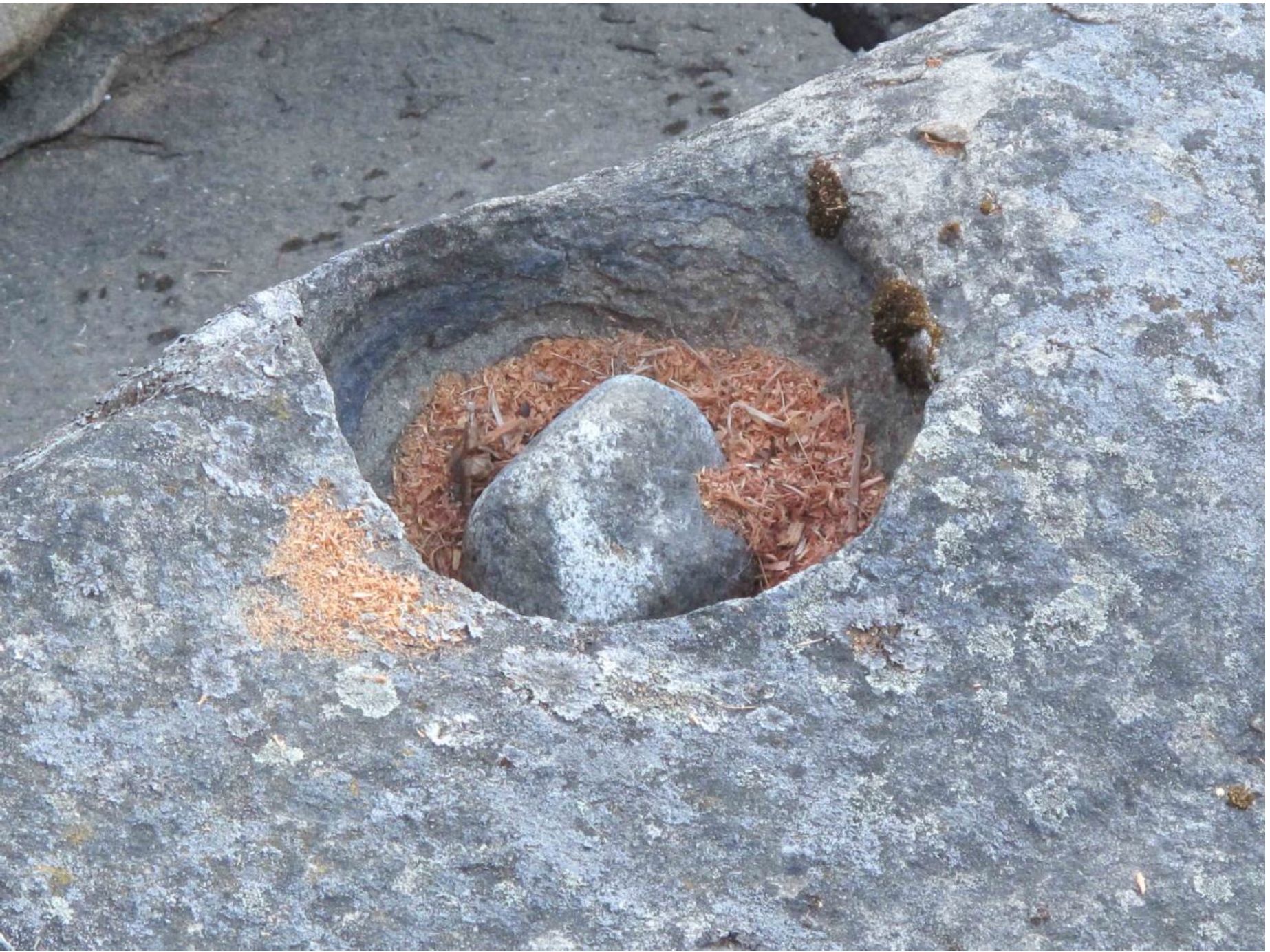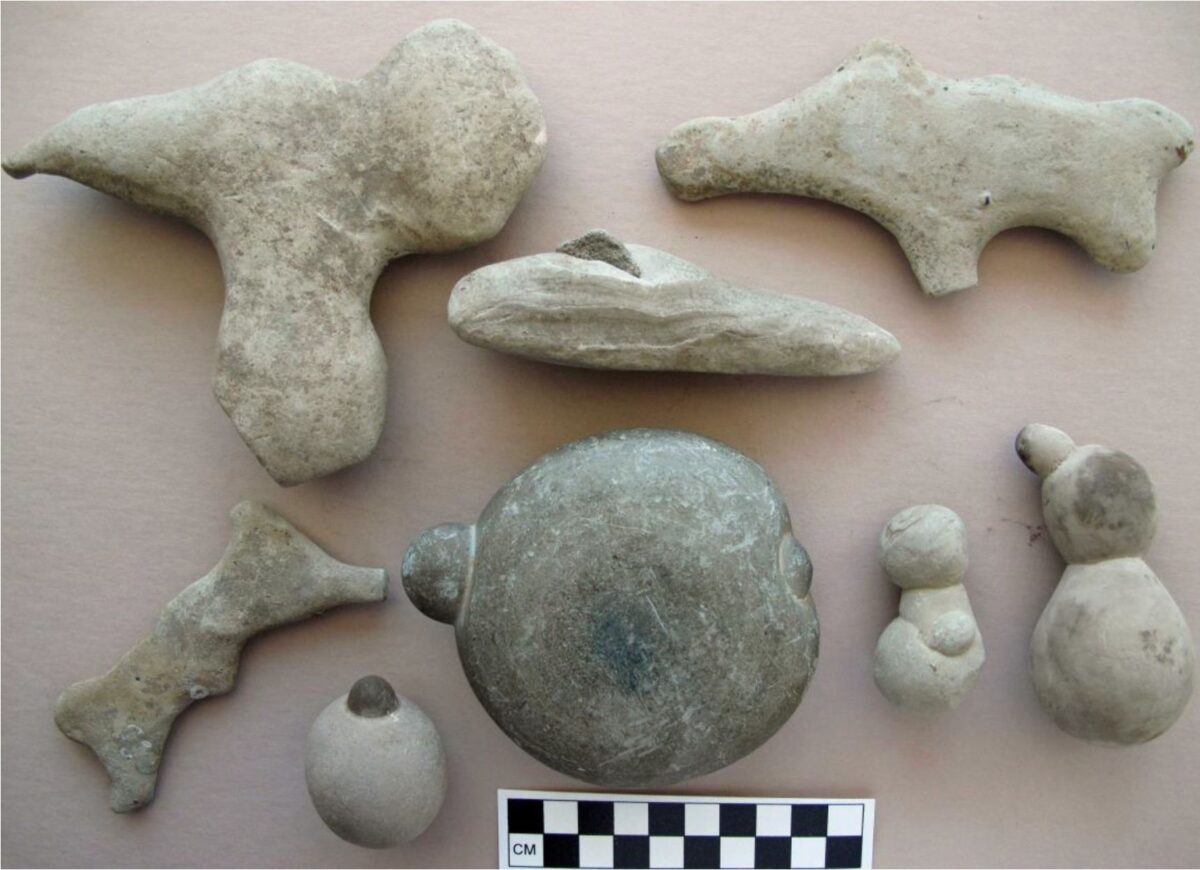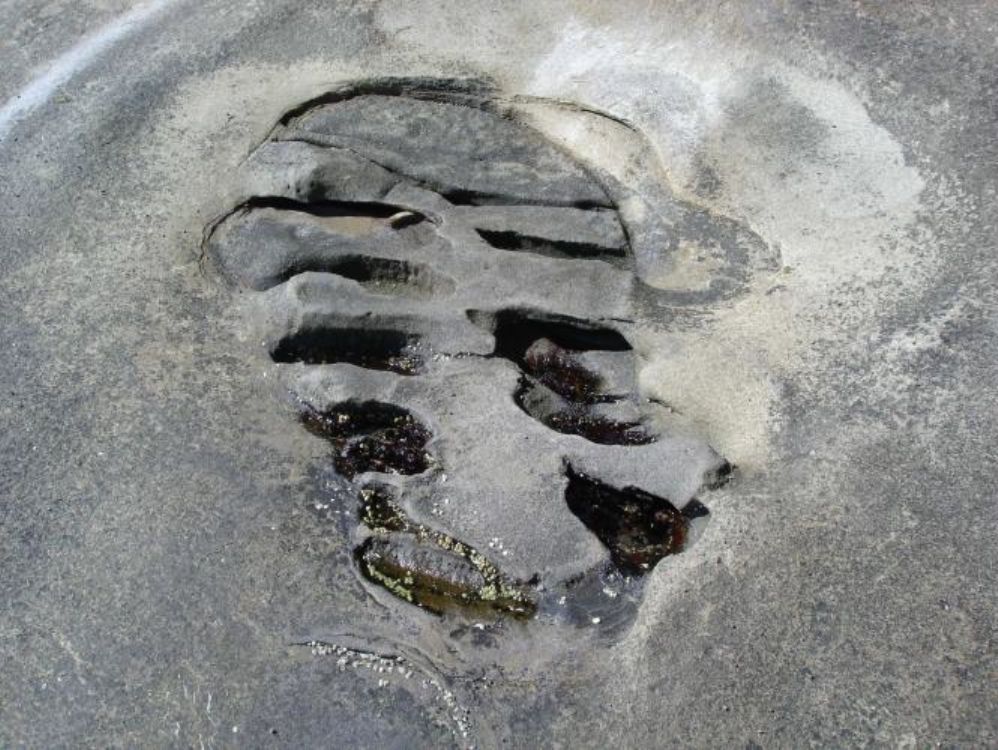1998.
By Grant Keddie
INTRODUCTION
They assume fantastic and complex forms. They look like an exotic fossil, an animal carved by an ancient artist or something from another planet.
One of the most common items that arouse excitement in people, and which are brought frequently to Museums for identification, are sedimentary stone structures called concretions.
They are widespread and found in a great variety of unusual shapes – that range in size from a garden pea to giant spheroidal balls three meters in diameter. The joining or inter-growth of several elongate or disc shaped concretions often produce a kind of symmetry which, to the untrained eye, suggests they must have been made by human hands.
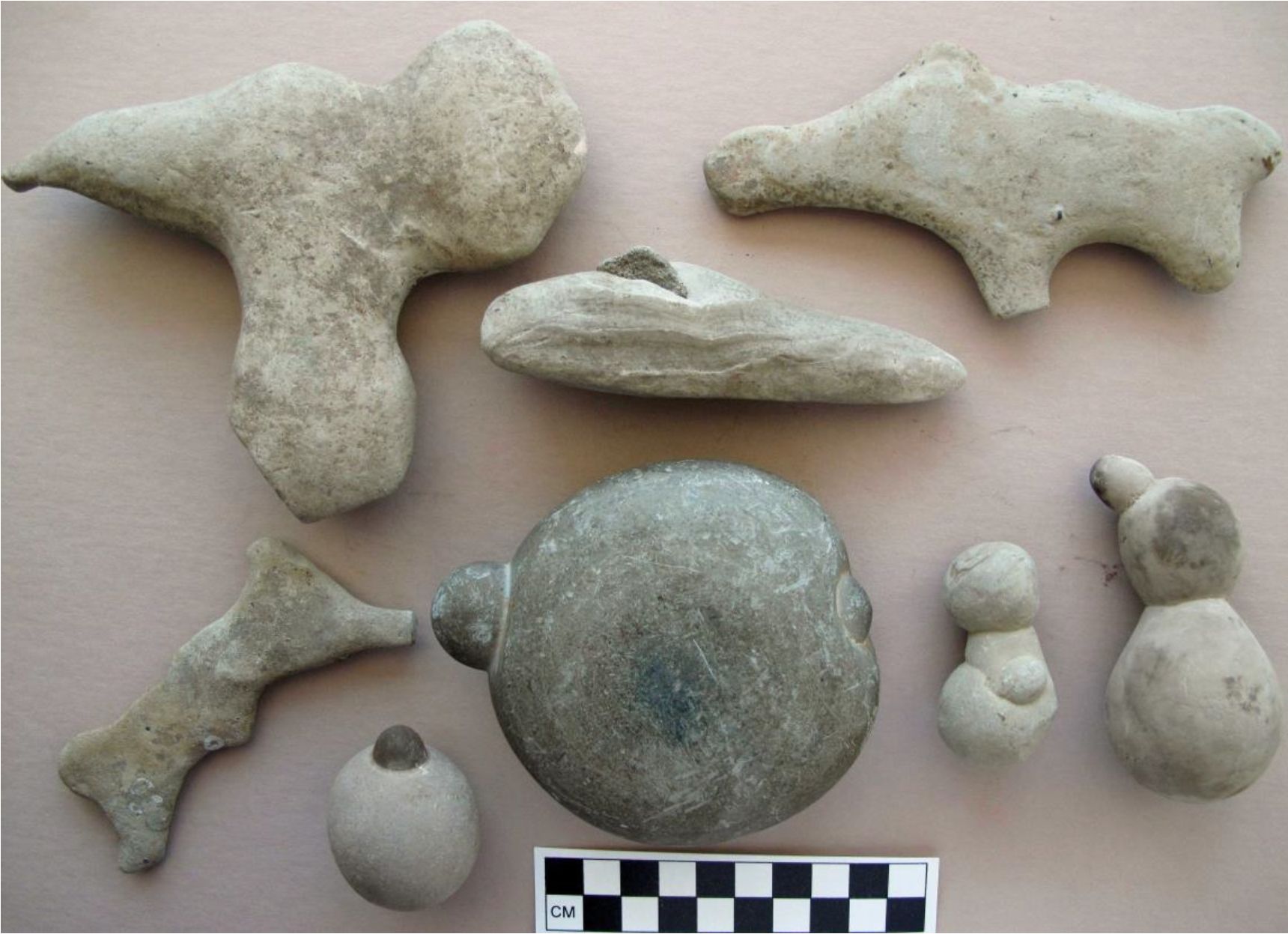
Concretions are natural objects which originate in soft sediments such as sands, soft sandstones, clays and shale. They are hardened areas, usually of a different colour, inside another rock. They are produced by the precipitation of minerals from percolating ground waters.
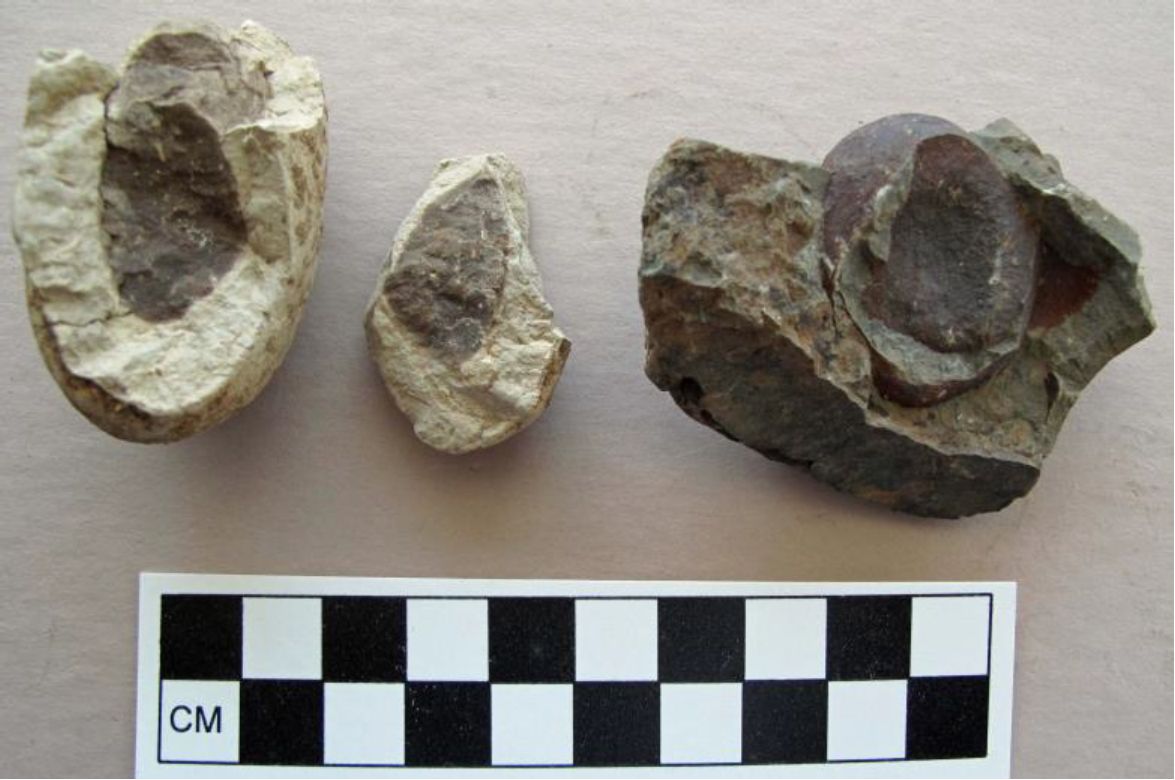
Concretions usually form in geologic deposits where there are no stones or rock fragments. The bedding planes of enclosing sediments are often observed passing through them, indicating that they were formed after deposition of the sediments.
A concretion is started by minerals accumulating in the pores of sediment about a nucleus or centre. This nucleus is frequently of organic origin, but inorganic substances such as sand are also common.
The binding constituents of concretions are those which normally play the role of cement in the rocks in which these structures occur. Silica (quartz), calcite (calcium carbonate), and iron oxide are the most common. The size appears to be, in part, determined by the permeability of the host rock.
All sub-surface water normally contains varying amounts of minerals in solution. Sometimes these minerals are attracted to various centres such as rock particles differing chemically from the enclosing sediments. A fossil, for example, because it is a different rock could serve as the centre.
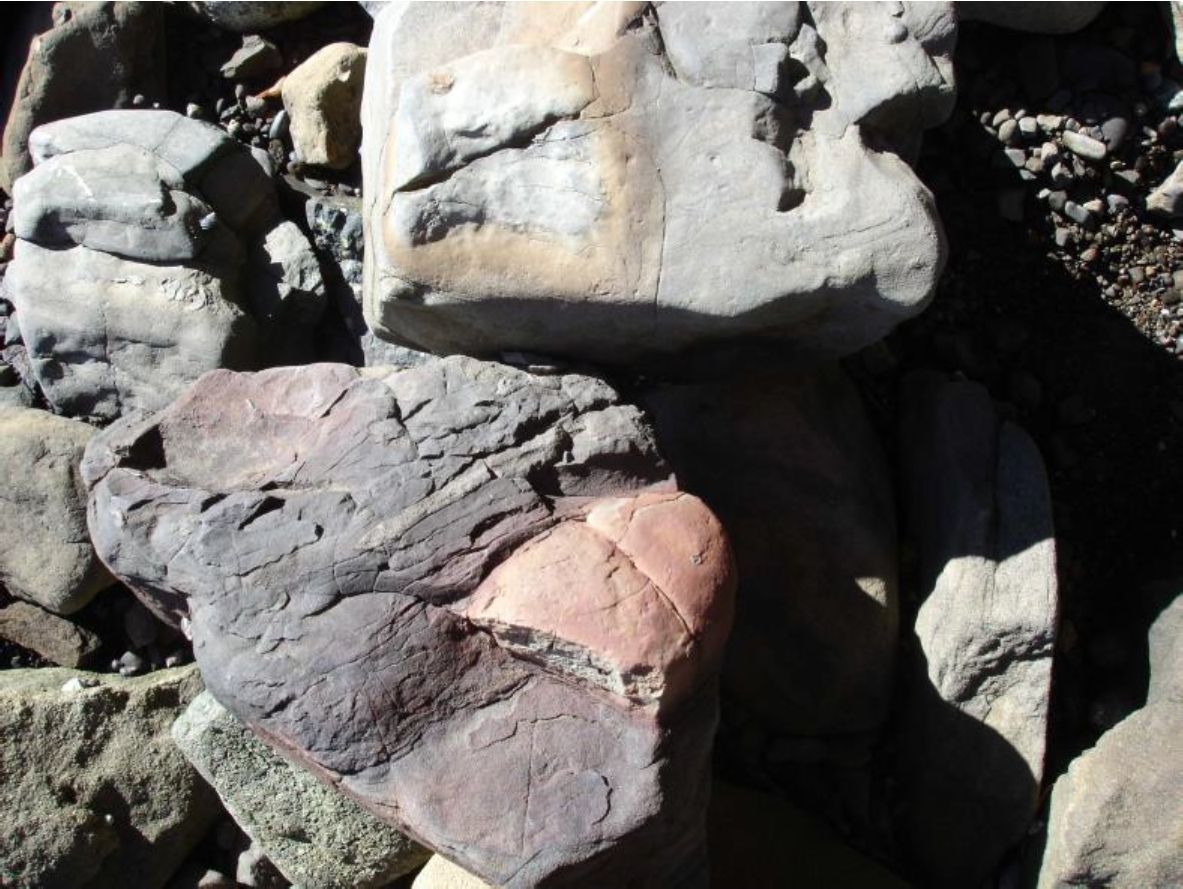
The minerals are precipitated in the spaces between the grains in the sediment. The centres provide a chemical attraction for the minerals which gather around the nuclei, cementing the sand or clay grains together and forming dense rock structures in a deposit which may otherwise be quite soft and unconsolidated. In most concretions there has been replacement of at least some of the pre-exiting sediment.
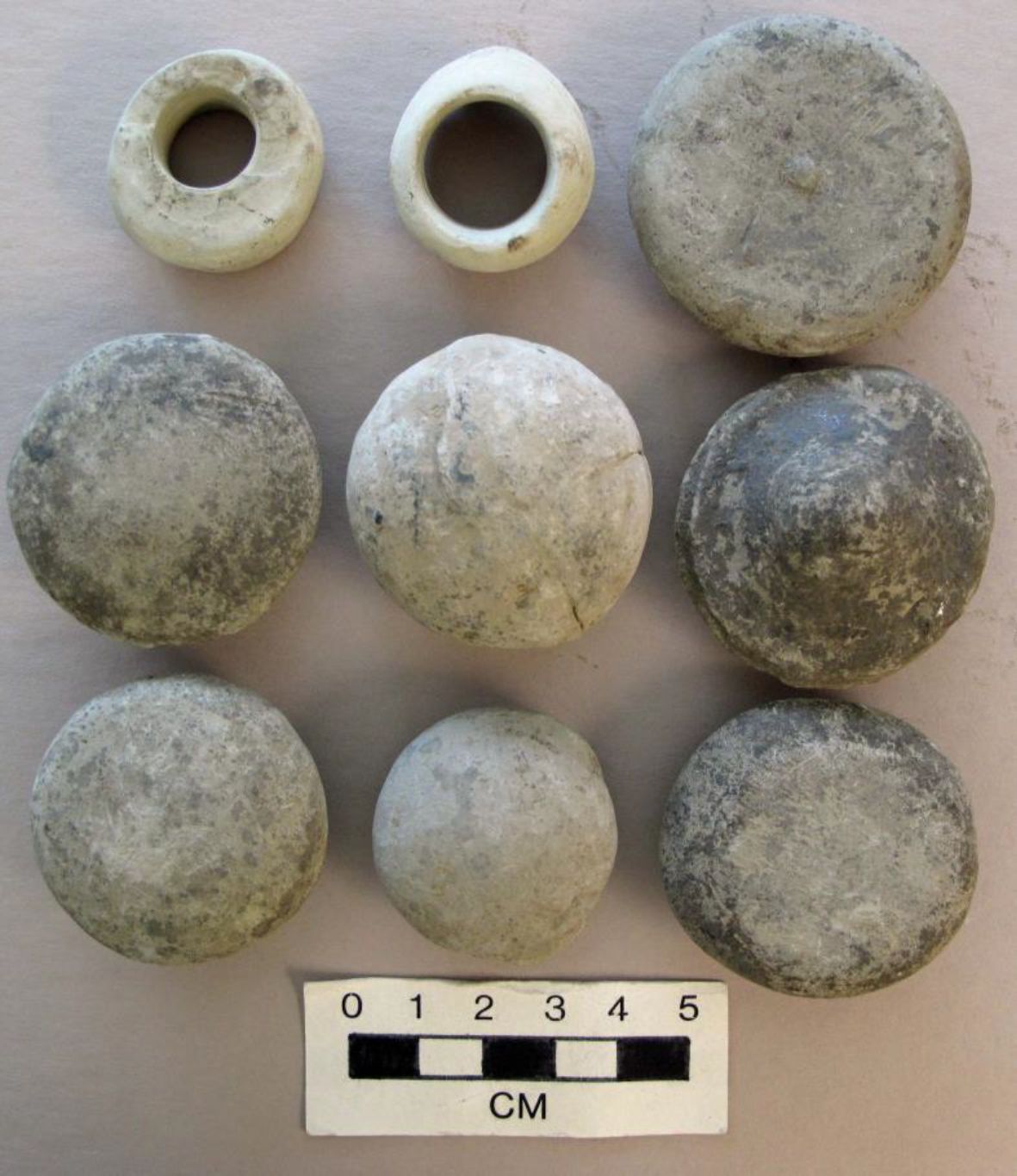
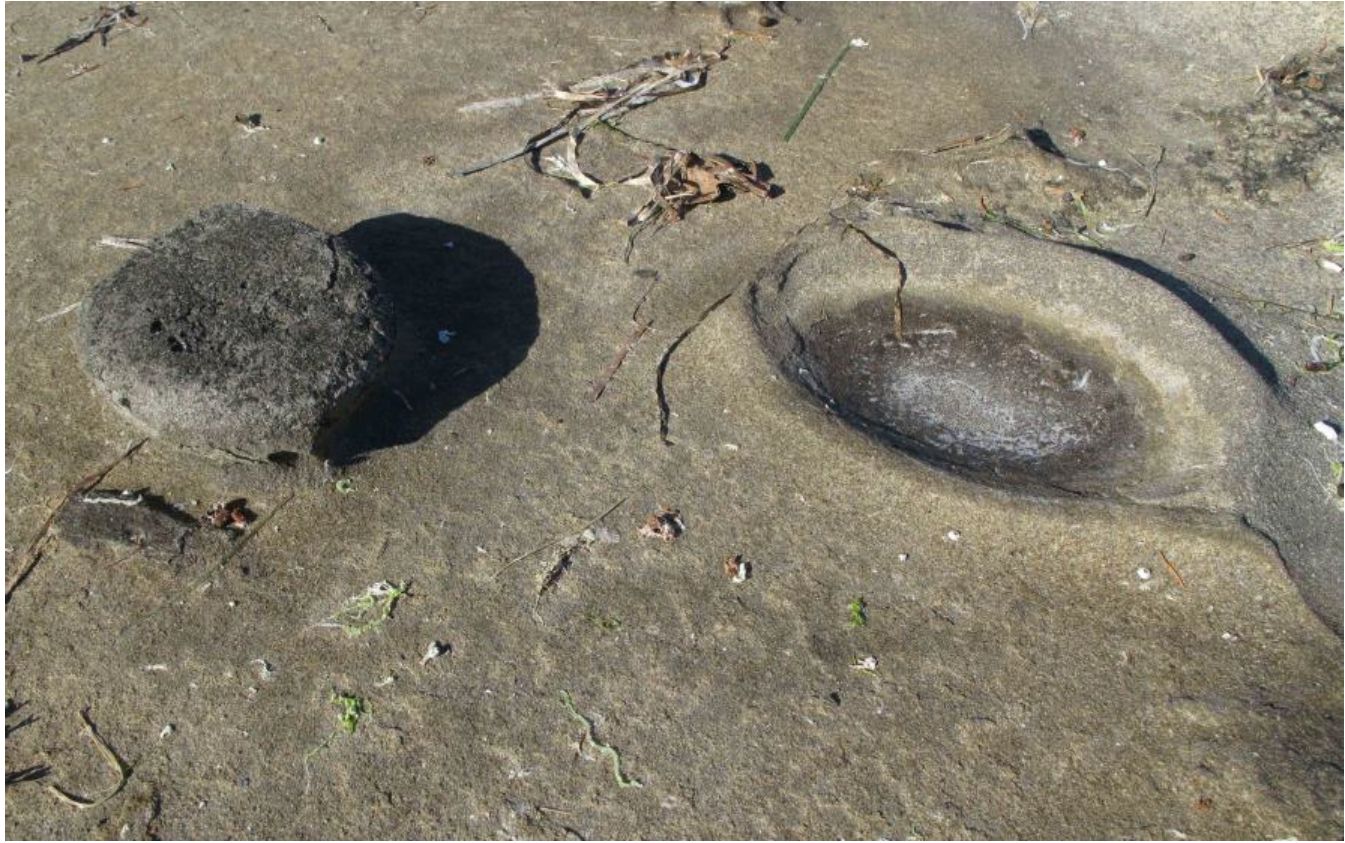
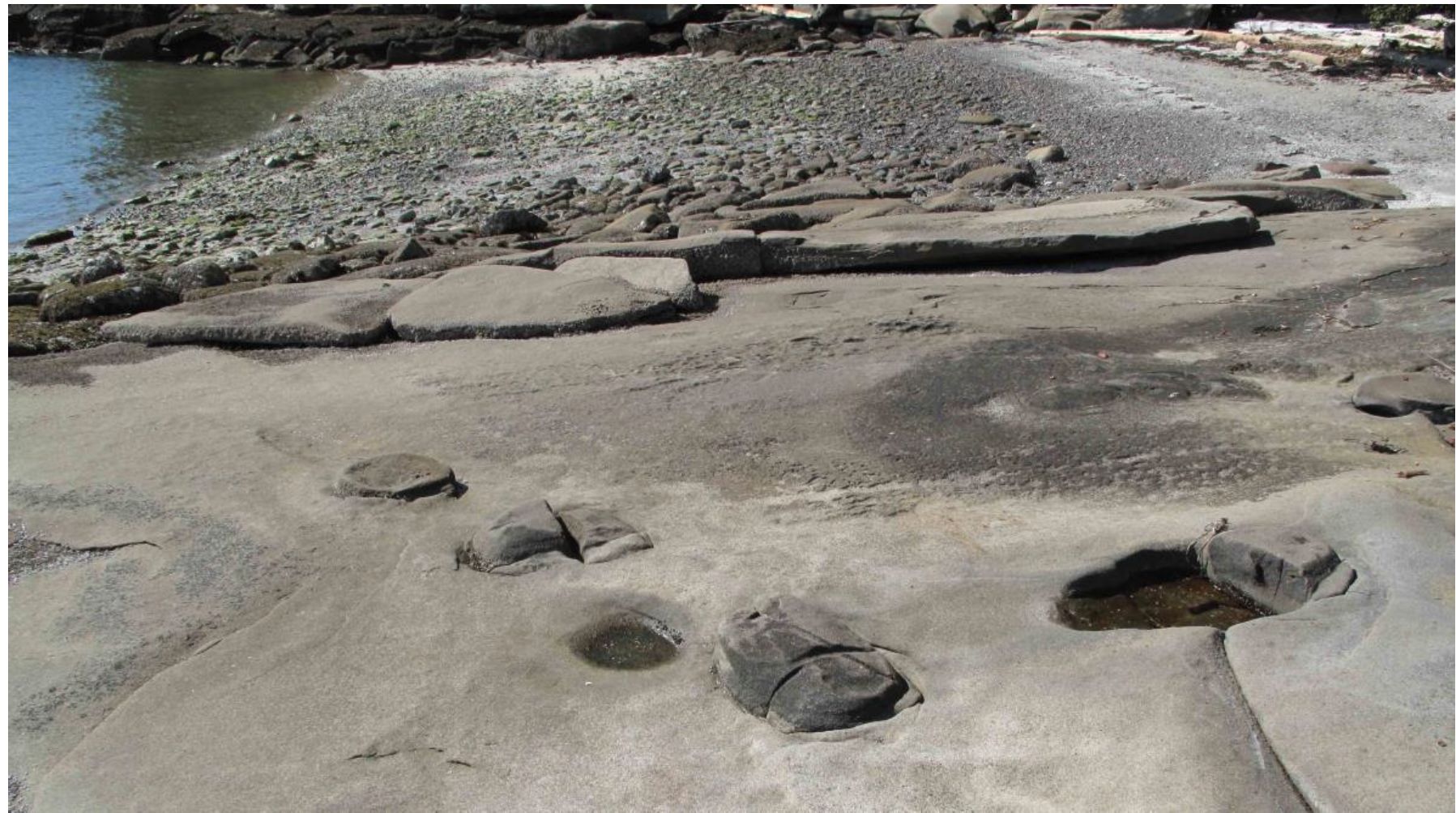

WHERE ARE THEY FOUND
They are found all over the Province. Some of the more unique examples are found around the Terrace area and 100 Mile House in the Interior. Large concretions that formed in ancient seas are found in sandstone formations on Denman Island. Some of these, formed over 65 million years during the Upper Cretaceous, are now located in the Museum rock garden off Belleville Street. Large concretions can be found as siltstone eroded from many beaches or seen in place along road cuts such as on the road to Mt. Tuam on Salt Spring Island and Landsend Road in North Saanich.
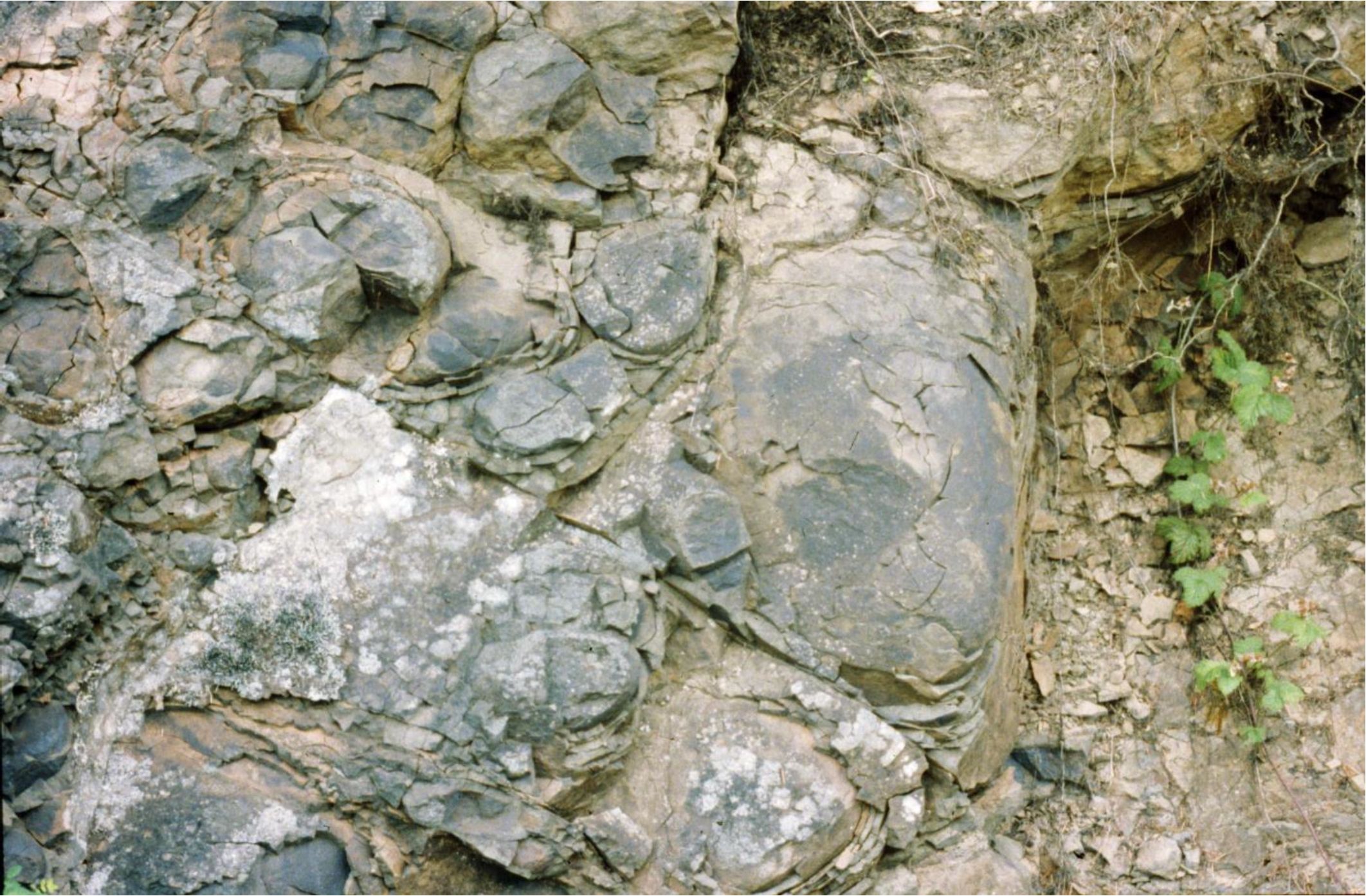
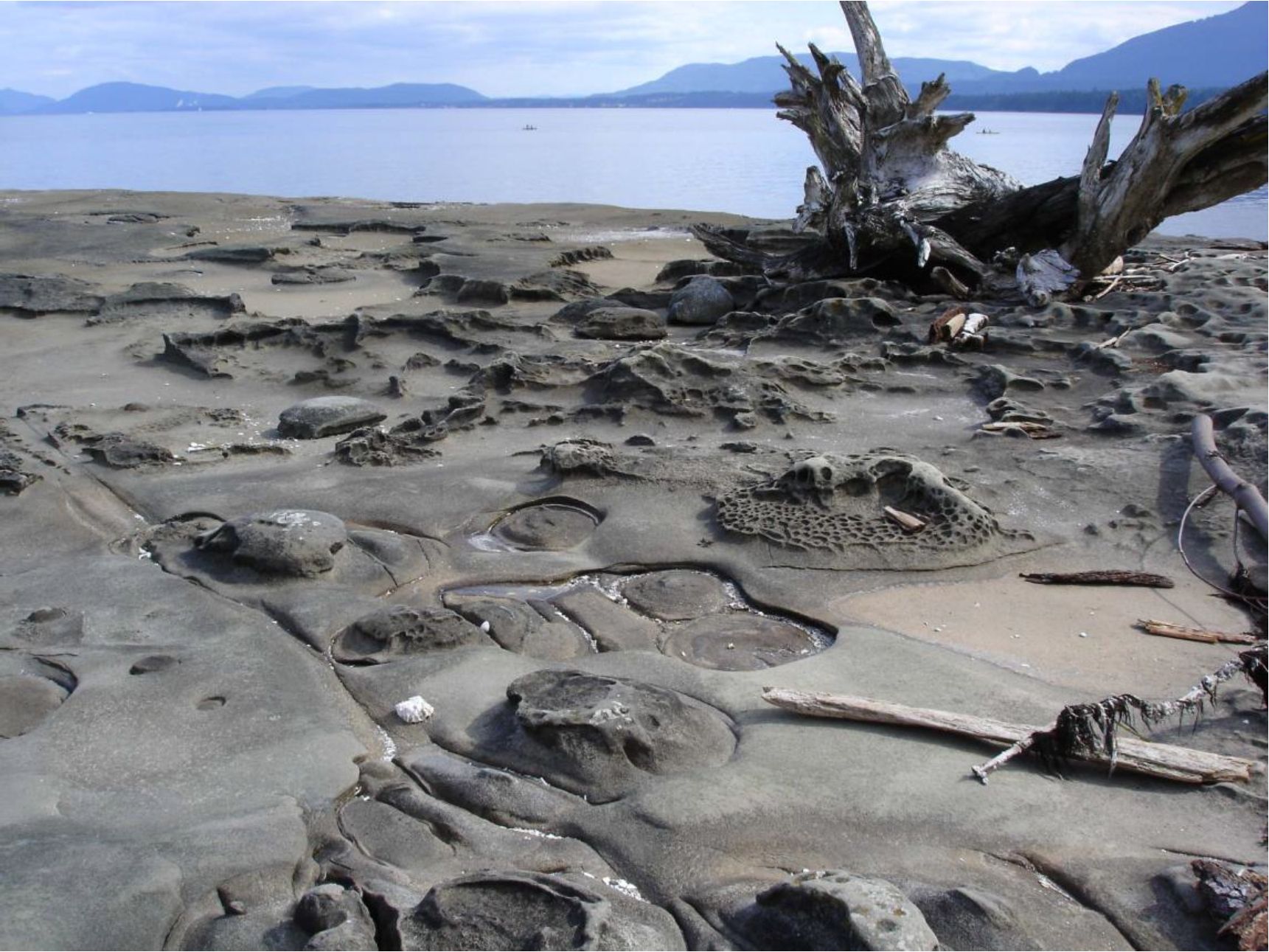
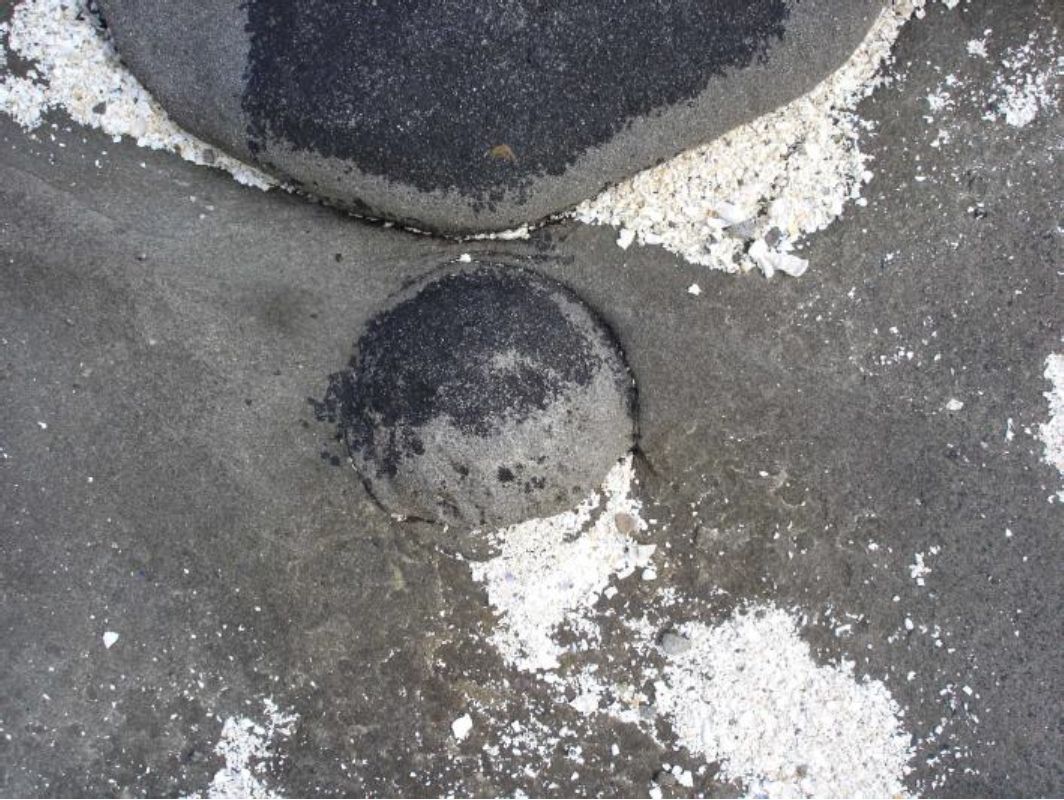


DIFFERENTIAL EROSION
Concretions erode out of the rocks in which they are contained relatively intact because they are sometimes harder than the rocks in which they form. Because of the ever-continuing processes of abrasion and weathering, any rocks that consist of two or more layers of concentrations of rock materials offer varying resistance to the weathering. These variations are due to differences in composition and hardness. When exposed to weathering the least resistant material is removed the most rapidly, producing naturally sculptured forms which sometimes have unusual shapes.
Igneous and metamorphic rocks with veins or layers of hard material sometimes have surface patterns that appear strange to the casual viewer. Like concretions, these structures are mistakenly regarded as artifacts of human manufacture.
If, on any rock, the pattern of the excavated area conforms to the distribution of the softer material within the rock, it is reasonably safe to assume that the structure is of natural origin.
